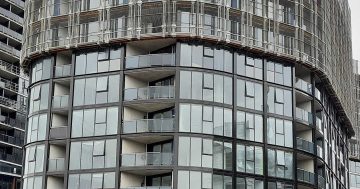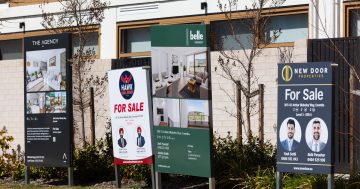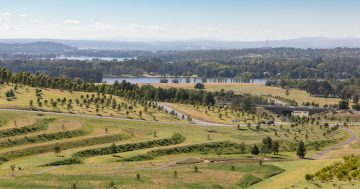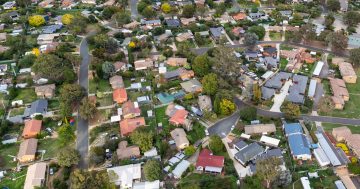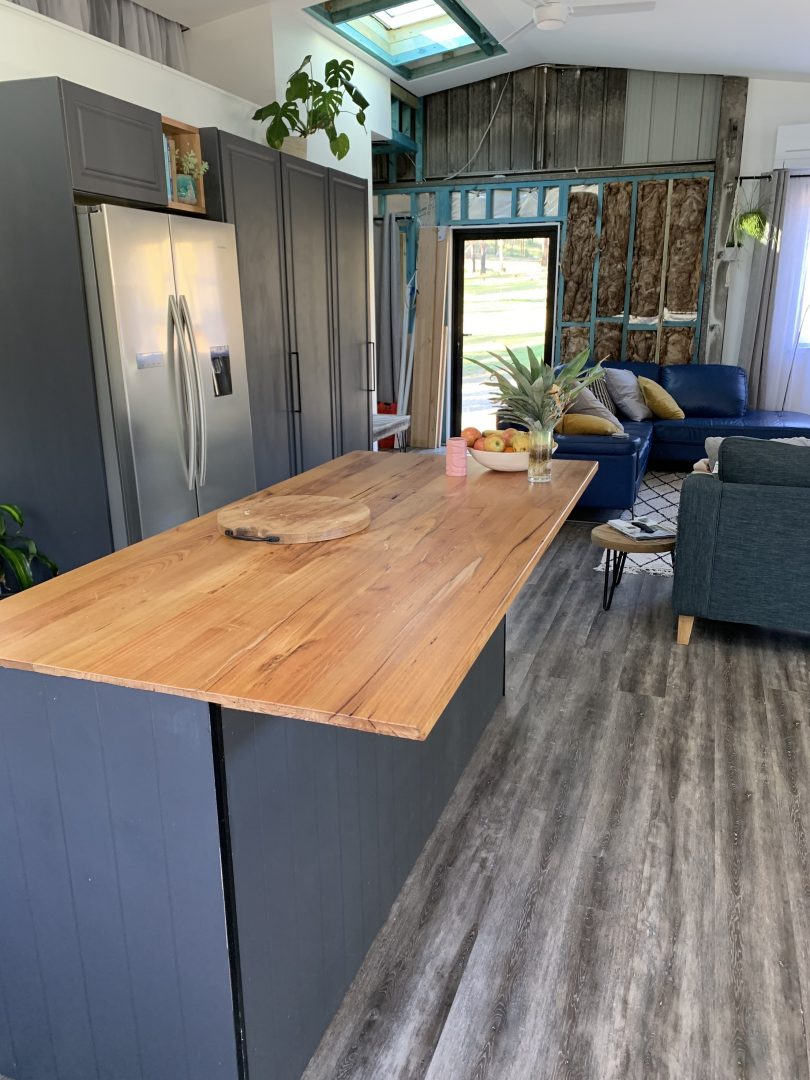
‘Hipster caravan’: ‘tiny houses’ are under 37 square metres and are usually transportable (but may take the form of a converted shed). Photos: Supplied.
If you head out to the display village for Ginninderry in north Canberra, you can check out Mini-G, the tiny house display that is there as an example of the developer’s commitment to “different housing choices and ways of living”.
But is there really as much ‘choice’ in the tiny house movement as proponents like to think?
It’s been a little over a decade since the ‘tiny house’ movement surged in popularity in the US and trickled across to Australia. The transition of middle-class people to living in smaller dwellings became glamourised by hipsters and their Instagram accounts in the aftermath of the Global Financial Crisis, and soon became the subject of many blogs and documentaries.
The choice to live in a house smaller than 37 square metres (the official definition of a ‘tiny house’) has been pitched as an ethical choice to minimise our impact on the environment, and to move away from the capitalist obsession with possessions. It’s also seen as a way to own a home despite being unable to afford an ordinary-sized home due to inaccessible property prices.
But despite the cute branding and the many adorable designs of ‘tiny houses’, it’s all just smoke and mirrors disguising the fact that this isn’t a brand new movement towards a different way of life – it’s just another way of exiling the poor to caravan parks while dismissing the real issue of unaffordable housing.
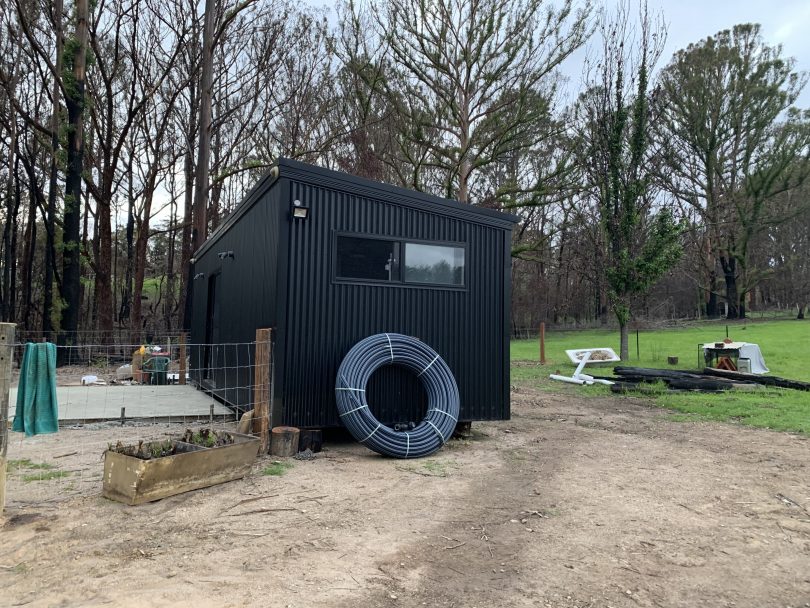
Is the movement to tiny houses perpetuating inequity?
Really, there’s no significant difference between a caravan and a tiny house, other than the aesthetic. They’re both small, often portable dwellings that allow the occupant to live on a smaller plot of land, either rented from the landowner or purchased as a lot.
But where caravan parks are acknowledged to often be the last resort for individuals and families locked out of the housing market due to price, tiny houses are pitched as a cool, hip way to live to a generation equally unable to crack into homeownership.
Tiny houses offer the middle class who find themselves facing the reality that they won’t be able to afford a home in the suburbs, the way that previous generations did, with a pathway into insecure and cramped accommodation that feels less distasteful than rolling into a caravan park. Where the latter still bears the stigma of the lower class, the tiny house has the necessary window dressing to disguise the inequity at play.
Yes, smaller house sizes help reduce our impact on the environment, but this is achieved more easily through higher density housing, not large swathes of tiny, single-storey houses without efficient plumbing and power.
Let’s call a spade a spade (or a caravan a caravan, as the case may be), and not be sold the lie of a tiny house as fashionable way to transition to inequity.












